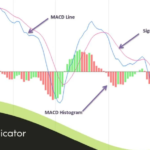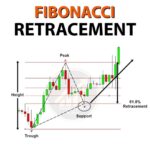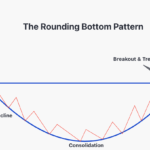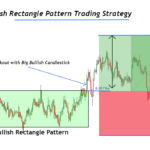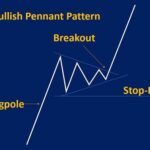S&P 500
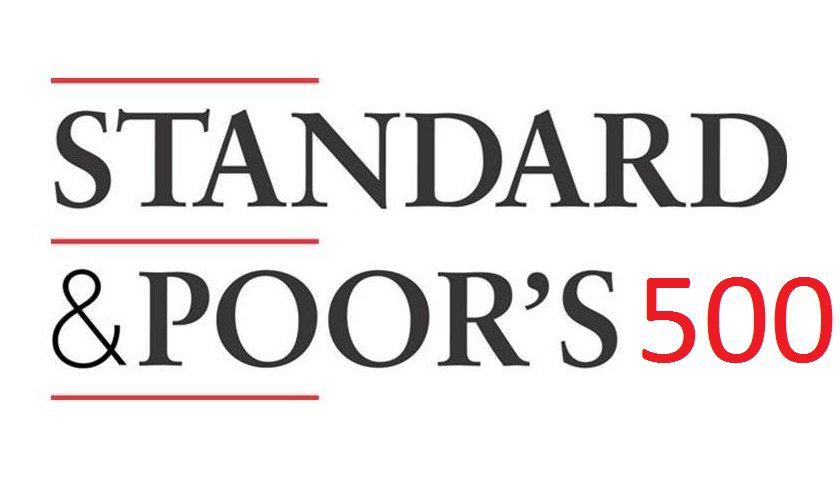
What is the S&P 500?
The S&P 500 is a stock market index that tracks the largest 500 publicly traded U.S. companies. Investors have long used the S&P 500 as a benchmark for their investments as it tends to signal overall market health. The S&P 500 is a “free-floating index” meaning that it only takes into consideration the health and price of shares that are publicly traded; it does not consider government-owned or privately-owned shares. The index is a popular choice for long-term investors who wish to watch growth over the coming decades. As of March 2020, the S&P yielded a 10-year annual return of 7.99%. Due to its success and its low-risk nature, the S&P 500 has become one of the top indexes available for investors to buy into.
How Does It Work?
Construction
The S&P 500 works by tracking the market capitalization of companies within its index. Market capitalization refers to the total dollar market value of a company’s outstanding shares and is calculated by multiplying the number of outstanding shares times the market price. The index periodically adjusts the market capitalization of the 500 companies as companies add or take away shares from the market. Apple’s upcoming 4-1 split is a perfect example. Effective August 21st, Apple’s stock will split; the price will be reduced by ¼ and the number of available shares will increase 4 times. The market capitalization of a company is essential to the S&P 500 as each company’s weight within the index depends on its market capitalization. For example, a company that has a market capitalization of $50 billion receives 5 times the representation as a company that has a market cap of $10 billion. The weight of a company within the index is important, as changes to a large company will affect the value of the S&P greater than the changes to a small one. As of February 2020, the S&P 500 had a total market capitalization of $24.4 trillion, meaning that the index captured 80% of the market capitalization within the stock market.
How Companies Are Selected
Quarterly, a committee meets to select the index’s 500 companies based on their industry, size, and liquidity. For a company to qualify, they must be based within the U.S., have a minimum market capitalization of $8.2 billion, and at least 50% of the shares must be available to be publicly traded. Additionally, the stock price must be at least $1.00 a share and the corporation must have four consecutive quarters of positive earnings. As of March 2020, the top 10 largest companies within the S&P 500 were Microsoft Corp, Apple Inc, Amazon.com Inc, Facebook Inc. A, Berkshire Hathaway B, Alphabet Inc. A (GOOGL), Alphabet Inc. C (GOOG), JP Morgan Chase & Co, Johnson & Johnson, and Visa Inc. A.
Risks
One potential risk or limitation of the S&P 500 is that a stock may become overvalued. Thus, if the stock is overvalued, it could have a large weight within the index which would inflate the value of the index as a whole. Large market capitalization is not indicative of great company health; it simply reflects a stock’s value compared to its outstanding shares. As such, equal-weighted indexes have risen in popularity during recent years.
Conclusion
The S&P 500 is a leading economic indicator of overall market health within the country. Since it tracks the largest 500 companies, the composition of the index is generally reflective of the U.S. economy as a whole. If investors feel confident about the economy, they will buy shares of stock and the S&P will continue to rise. The S&P 500 is thoroughly composed using strict criteria and quarterly meetings that ensure only the best companies will weigh within the index. It has historically been viewed as a safe and profitable long-term investment. However, an investor does not have to buy shares of the index in order to make profitable choices. By tracking the movements of the S&P, an investor can attain an overall sense of market conditions and buy shares of large companies independently from the index.


